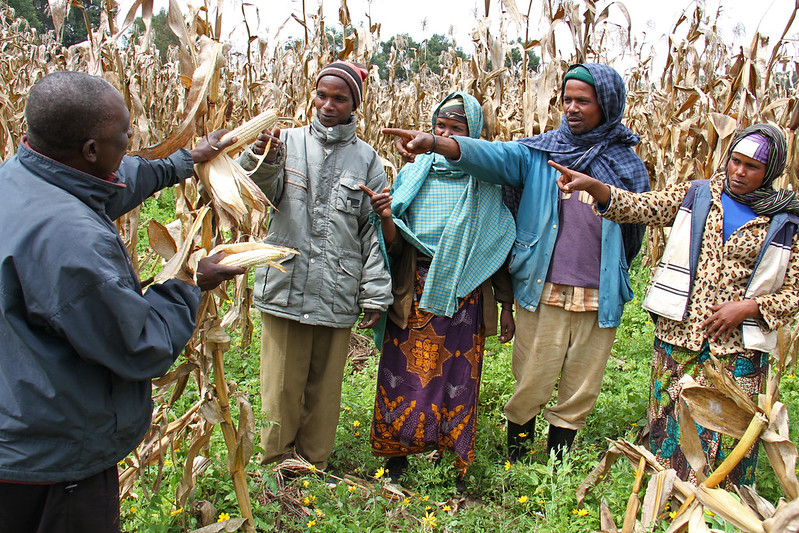3 Technologies That Can Help Solve Global Food Problems

The globalization of agricultural markets has played an important role in virtually every country’s economy. Even though the farming sector has been declining, it still makes up 27% of worldwide employment and about 75% of the world’s poorest people. With how important the agricultural sector is to many of the world’s impoverished, many of these people find their economic prosperity and success stymied by a lack of food security and access to agricultural technologies. Thankfully, there are several technologies and programs working to solve many of these global food problems.
The Importance of Food Security
Global food security today is shaky at best. About 30% of the global population is susceptible to food insecurity due to issues such as COVID-19, the war in Ukraine and pre-existing economic security in many of the world’s poorest countries. These problems contributed to between 720 and 811 million people around the world suffering from chronic hunger in 2020. The numbers are not much better today, with more than 2 billion people still suffering from general malnutrition.
A significant factor causing these global food dilemmas is poverty that exists in the agricultural sector. Estimates suggest 60% more food production is necessary by 2050 to keep pace with the increasing global population, but that is a tall order considering that 700 million agricultural workers live in poverty. This makes it difficult for them to have access to technologies and resources to help them effectively connect with the ever-growing (and ever-digitizing) global agricultural markets. Thankfully, even with these steep hurdles, several technologies and programs are working today to help raise the world’s poorest agricultural workers and solve global food problems.
myAgro
Founded in 2011, myAgro knows that a vital component of boosting the productivity of poor farmers is connecting them to financial resources and platforms that allow them to afford the tools and technologies needed to farm. By developing a mobile layaway platform allowing poor farmers to pay for agricultural items like seeds and fertilizers in advance (and in smaller increments), myAgro has helped over 115,000 farmers grow 78% more food. This has translated into more than a million additional people being fed in 2021. myAgro continues to work in raising the world’s poorest farmers through its innovative financial technology.
TechnoServe
A nonprofit organization based out of Virginia, TechnoServe has been active for more than 50 years in the fight against global poverty. TechnoServe understands that a lack of access to many technologies we take for granted has stunted the economic growth of the world’s poorest farmers. TechnoServe has built digital training courses that help farmers otherwise locked out of global data and agricultural knowledge learn the skills needed to successfully run a farm. For example, it created the Maximizing Opportunities in Coffee and Cacao in the Americas (MOCCA) program which uses digital technologies to teach cacao farmers in Central America how to farm efficiently and sustainably. The provision of these digital avenues of agricultural learning has made a positive impact in reducing many global food problems.
Aerobotics
One technology that has made an impact is the drone. One company helping make this technology more accessible to poor farmers is Aerobotics, a South African company that Cape Town native James Patterson created. By developing drones that help farmers gain invaluable data on crop health, Aerobotics has helped boost their farming clients’ yields by as much as 10%. As drone prices continue to drop, they are becoming an ever-more-important tool for poor farmers to boost their agricultural efficiency.
Making Progress
Thanks to innovative programs and technologies from organizations like myAgro, TechnoServe and Aerobotics, great progress has occurred in raising the world’s poorest farmers. As these technologies develop and become more efficient and accessible, progress in solving global food problems will only continue.
– Elijah Beglyakov
Photo: Flickr
